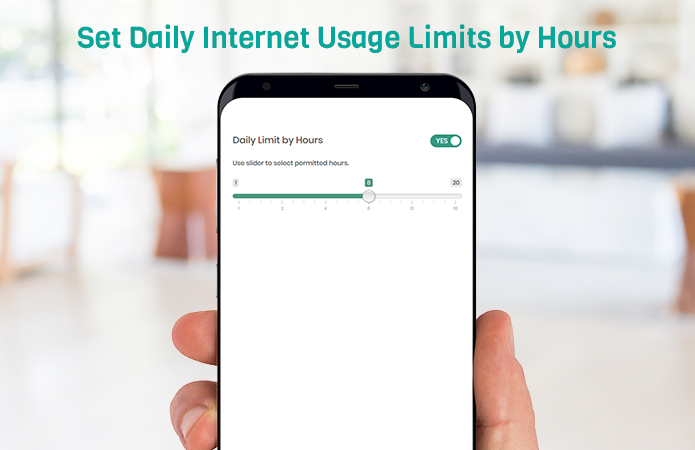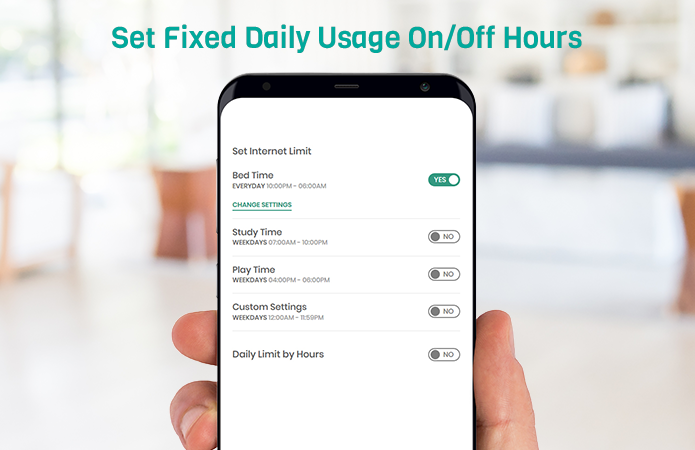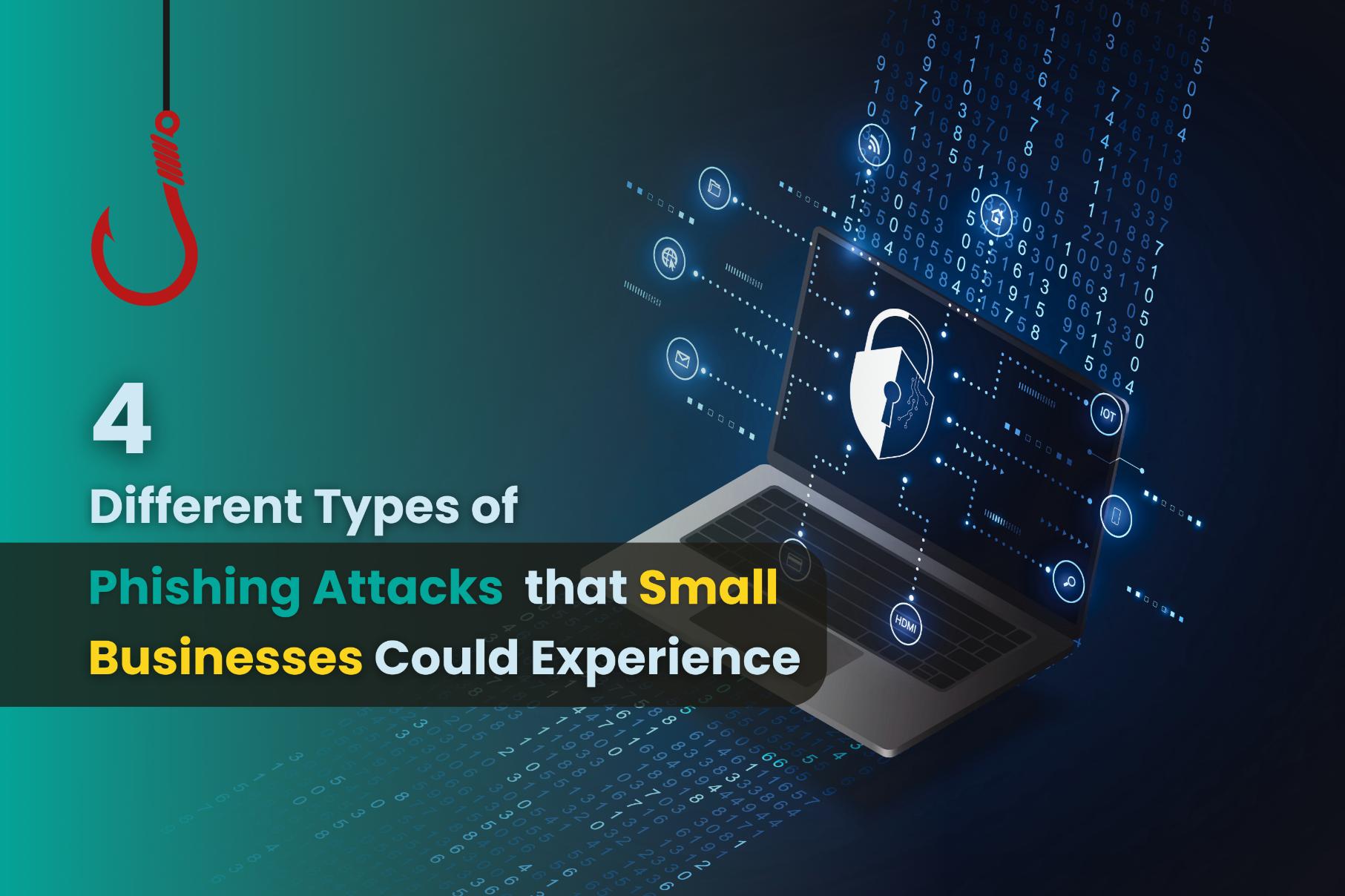Starting 2021 on the right foot: Ensure your digital wellbeing in the year ahead

By Chan Wern Shen
- The first step to achieving better digital wellness is to be aware of your own current digital habits
- Include your children in the process of setting up new rules – they’re more likely to follow them when they’ve had a say
- Revisit old non-tech habits like reading books to give your eyes a rest from digital screens
Over the course of the last decade, our lives have changed significantly thanks to advances in technology. Terms like “hyper-connectivity” and “digital wellbeing” were seemingly non-existent, and daily tasks like paying for hawker food with your mobile phone or ordering groceries directly from your fridge were merely scenes from sci-fi movies.
But here we are in 2021, where all of these things are very real, and very intertwined with our daily lives.

All in a day’s work
These days, you wake up to messages from your friends and family, browse through global news on your smartphone at breakfast, and watch your children dial into their online classes with their laptops. You get dressed and choose the fastest route to the office with your in-car GPS head unit, and listen to an audiobook while you wade through traffic.
At the office, you quickly check up on the situation at home via the IP-connected CCTV, and pay for your parking with the council app. While you’re at it, you notice that some utility bills haven’t been paid, and quickly run through the usage details.
“That’s odd. This month’s bill is much higher,” you think to yourself as you hit the PAY NOW button. “I’ll have a chat with the kids later,” you remind yourself as you sip on your coffee while dialing into a conference call with your colleagues in Shanghai.
At lunch hour, you decide to order in and browse through the endless delivery options on your phone. You can never be too sure these days with the rising number of daily COVID cases, and pull up the app to check on the latest updates in your area. Even though you’re not working in a red zone, you can never be too safe.

A little after four, you get a reminder telling you that your parents are coming over for dinner. Quickly you open up your condo management app, and pre-register them as visitors – “this will save them a lot of hassle,” you tell yourself with a slight nod while sending them the QR code over WhatsApp.
Just before you head home, you receive the notification that you’ve been waiting for all day – your new toy, an internet-connected smart vacuum robot has been delivered, and you can’t wait to get home to set it up.
When you get home, you notice your daughter looking a little upset. She had an exam today, so you log in to the school’s parent portal app, and see that she didn’t get the grades that she was expecting. “Maybe it’s because she’s been spending too much time online,” you ask yourself before you start with your pep talk.
Dinner is a pleasure, but you don’t want your parents driving so late at night – their vision isn’t what it used to be – so you call them a car to fetch them home. You pay for it with your e-wallet, and set a note to the driver, telling him to take the quickest route back.
As you get ready for bed, you catch up with the current events in the news. You reply to a few messages that you missed, and jot down a quick to-do for tomorrow. With the lights turned off, you rest your head down and close your eyes.
But just as you start drifting asleep, you hear the faint sounds of speaking in the background. Your daughter must be online even after she’s supposed to be asleep…

The Quest for Digital Wellness
The whole notion of “Digital Wellness” was borne from days like the one that we just described. As Google themselves once said, “when technology becomes integral to almost everything that we do, it would eventually distract us from the things that matter the most”.
We couldn’t have said it better ourselves, and increasingly, see this becoming more apparent. So much so, that one of the driving forces behind the creation of Audra HomeShield was to provide parents like yourself with easy access to the cornerstones of digital wellness.
With Audra HomeShield, you’ll be able to:
- Manage the amount of screen time being used in your household
- Manage the type of content that can be accessed
- Understand the usage habits of people in your household
- Protect your internet connected devices from external threats
But what really is “digital wellness” and why is it so important?
Simply put, digital wellness refers to the state of your physical and mental health in today’s digital age. Because we’re so wired, research shows that our digital lifestyle makes us more susceptible to issues like anxiety, addiction and depression.
What we see as time saving or convenient on the surface could trigger dependency issues, an impedance to our critical and creative thinking, and also introduce a host of physical ailments like damaged vision, spinal problems, and carpal tunnel syndrome.
Worst still, these issues do not exclusively affect adults. An alarming number of children are also showing symptoms of internet addiction, gadget dependency and the accompanying physical repercussions that come with them.
Being digitally well doesn’t just revolve around knowing how to identify what’s bad for you. It’s about adapting and overcoming digital dependence, making technology work for you, and ultimately, about finding the right balance for you and your family between the real world and the digital one.

Steps to ensure digital wellness in 2021
- Be aware of your own habits
Before you can fix an issue, you first need to understand what you’re up against. Although it may not seem like it, your children are very aware of how much time you spend on your screens. As children do, they will gauge your screen dependency as the “acceptable amount”, and will often challenge you when you try to discipline them for overuse.
In fact, up to 27% of children say that their parents have double standards when it comes to how much screen time they’re allowed to have.
From checking our phones for messages the moment we wake up, to sneaking a peek at the dinner table during meals, not to mention, the fact that we would binge watch an entire Netflix for eight hours straight – these are some of the notable cues that children will pick up on and use them against you. More importantly, they may turn out to be the cracks showing in the relationship between the parent and the child.

“Children are not stupid, children are brilliant amazing little creatures that pick up on your nonverbal cues, more than verbal cues, and they will do what they see 100% of the time,” says child and family development specialist, Rachael Kwacz.
“Not only that, your kids will call you out on lots of stuff, when you’re using your phone or the Internet when you shouldn’t, and as parents, we often proclaim ourselves an exception to the rule because we were the ones who set it.”
It starts with you, and the values that you instill into their minds.
- Create the rules together
After almost a year of e-learning, your children probably have their own devices and have formed their own set of usage patterns. Whether you like it or not, 2020 has allowed them to be more exposed to the internet than you probably know. But now that school is scheduled to reopen, we’re pretty sure that you’re thinking of restricting their internet usage.
In situations like this, it’s important that you include them into the process of creating the new rules. By giving them a say in how long they should be allowed every day, they are more likely to feel that their opinion is appreciated, and in turn, more inclined to follow the law of the house.

However, we understand that it’s not always that easy, and created the Daily Limit by Hours feature on Audra HomeShield to help you enforce these agreed limits.
To set this feature up through the Audra Management App:
- Navigate to the Set Internet Limit menu
- Scroll down to Daily Limit by Hours and set the amount of hours with the slider
- Activate the feature and tap Save
- Audra will automatically track your child’s internet usage and enforce the daily limit once it is reached
- Be intentional with your daily proceedings
As the country gets back into gear in 2021, our children will start going back to school, and we will see ourselves start venturing out from our home offices more and more. This would mean that the daily routines (or lack of) that we had set up over the better part of 2020 are in for a sudden change.
Use this opportunity positively to rebuild your daily habits. While you don’t need to have a detailed plan for each day of the week, ensure that you’re aware of what you need to achieve in any given day, so that you can keep your digital activity accountable.
For example, if you need to be out of the house by 7.30am in order to get your children to school on time but can’t forgo your daily ritual of reading the news headlines over coffee, then block out the necessary time on a daily basis in order to achieve both of these tasks.
This might mean cutting short your usual TV time at night, or stopping yourself from doomscrolling your social feed in bed to get enough sleep to operate properly the next day.

In cases like this, features like Bed Time in Audra HomeShield might be just as effective in helping you as it would be for your children.
To set this feature up through the Audra Management App:
- Navigate to the Set Internet Limit menu
- Tap on the Bed Time feature as set the time which internet connectivity should cut off and reactivate
- Activate the feature and tap Save
- Audra will automatically enforce Bed Time at the set hours and resume internet connectivity after they have passed

- Revisit your forgotten no-tech habits
When’s the last time you actually flipped the pages of a book as opposed to swiping across a screen, or hitting play for the next chapter of an audio book? Do you remember the last time you picked up on a headline that wasn’t on the wrapper of your nasi lemak?
While these may be “old school” habits, they provide you with a short escape from the clutches of your digital devices. Besides that, a return to the analog versions of your favorite hobbies also give you a chance to actually concentrate and relax – free from annoying notifications, pop-ups or alarms.

- Rekindle human connections
Although social distancing is still going to be a big part of 2021’s culture, this doesn’t mean that your human connections need to continue suffering. For starters, think about the human connections between you and your children – are they as strong as they were pre-lockdown?
Have the extended hours in close proximity enriched the relationship with your family members? Or has this forced time together simply made you more comfortable with zone out into your own world in front of them?
If it’s the latter, then your household is in danger of falling into disarray. Rachael Kwacz tells us that, “if your children don’t feel seen or heard at home, they’re going to look for this stimulus in other places, such as their peer groups or online. But if they feel connected at home, he or she is able to have a healthy conversation with the parents, and work together as a team to keep the whole family safe.”

Do what works for you
To tell you that this isn’t a definitive list of must-do’s would be an understatement. The simple fact is that we’re all programmed differently, have different habits and have different tolerances to our digital devices. This makes the need to understand digital wellness all the more important, and we hope that this blog post can help you to realize the importance of embracing a digital balanced lifestyle.
If you have any suggestions or tips on how we can all achieve better balance in our lives, please do let us know your thoughts on Facebook.
Stay tuned to the Audra blog to learn more about digital wellness, internet addiction, gadget dependency, and also how Audra HomeShield can find a place in your home.


